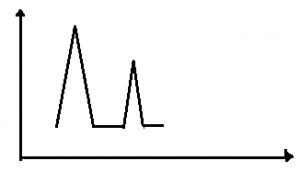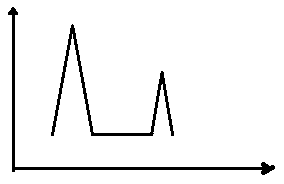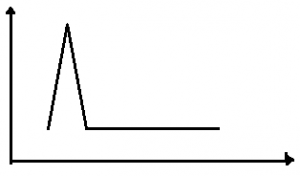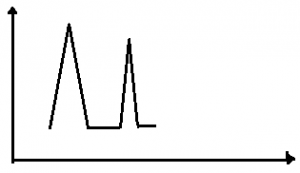This set of Casting, Forming and Welding Multiple Choice Questions & Answers (MCQs) focuses on “Ultrasonic Inspection”.
1. What is typically the frequency used in ultrasonic inspection?
a) 0.1 MHz to 15 MHz
b) 0.5 MHz to 13 MHz
c) 1 MHz to 17 MHz
d) 1.8 MHz to 19 MHz
View Answer
Explanation: Ultrasonic testing is one of the most commonly used method for testing of materials. The general frequency of ultrasonic testing is in the range of 0.1 MHz to 15 MHz.
2. What is the maximum frequency used in the ultrasonic inspection?
a) 35 MHz
b) 40 MHz
c) 45 MHz
d) 50 MHz
View Answer
Explanation: The maximum frequency that may be needed for an ultrasonic inspection is around 50 MHz. Such frequencies make it easy for the devices to detect the flaws.
3. In which of the following materials, ultrasonic testing cannot be used?
a) Plastics
b) Ceramics
c) Non-ferrous objects
d) Ferrous object
View Answer
Explanation: Ultrasonic testing is a method for detecting flaws in the article. It can be used on various materials like plastics, ceramics and non-ferrous objects.
4. In pulse-echo method, which defect does the following amplitude-time graph represent?

a) No defect
b) Small defect
c) Mediocre defect
d) Large defect
View Answer
Explanation: Pulse echo method is one of the different types of ultrasonic non-destructive testing. The following graph represents a large defect in pulse echo method.
5. In pulse-echo method, which defect does the following amplitude-time graph represent?

a) No defect
b) Small defect
c) Mediocre defect
d) Large defect
View Answer
Explanation: Ultrasonic inspection method further gets classified under one of the type of called pulse-echo method. It is the most commonly used ultrasonic testing method. The following graph represents a no defect in pulse echo method.
6. In through-transmission method, which defect does the following amplitude-time graph represent?

a) No defect
b) Small defect
c) Mediocre defect
d) Large defect
View Answer
Explanation: The following graph, here represents small defect in through-transmission method. This is a type of through-transmission method. In this method, there are two probes, transmitter and receiver.
7. In through-transmission method, which defect does the following amplitude-time graph represent?

a) No defect
b) Small defect
c) Mediocre defect
d) Large defect
View Answer
Explanation: Ultrasonic inspection method further gets classified under one of the type of called through-transmission method. In this method, there are two probes, transmitter and receiver. The following graph represents large defect in through-transmission method.
8. In through-transmission method, which defect does the following amplitude-time graph represent?

a) No defect
b) Small defect
c) Mediocre defect
d) Large defect
View Answer
Explanation: None.
9. Ultrasonic testing is a portable process.
a) True
b) False
View Answer
Explanation: None.
10. Ultrasonic testing is a low sensitivity testing method.
a) True
b) False
View Answer
Explanation: Ultrasonic testing is known to have high penetrating powers, not just high penetrating powers, but they are also known to possess high sensitivity.
Sanfoundry Global Education & Learning Series – Casting, Forming and Welding.
To practice all areas of Casting, Forming and Welding, here is complete set of 1000+ Multiple Choice Questions and Answers.
If you find a mistake in question / option / answer, kindly take a screenshot and email to [email protected]
- Practice Mechanical Engineering MCQs
- Check Mechanical Engineering Books
- Check Casting, Forming and Welding II Books
- Check Metallurgical Engineering Books
- Apply for Metallurgical Engineering Internship
